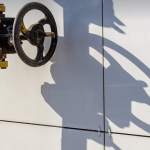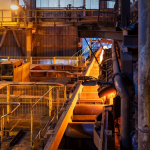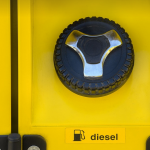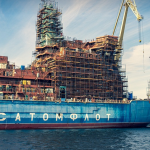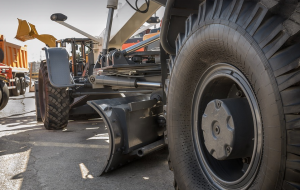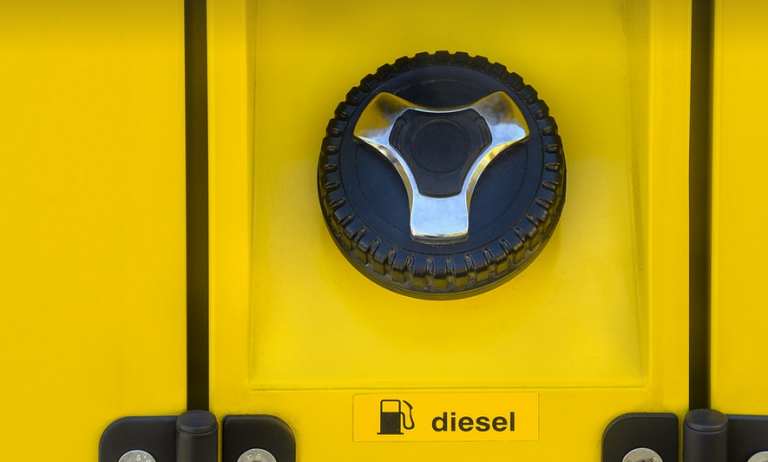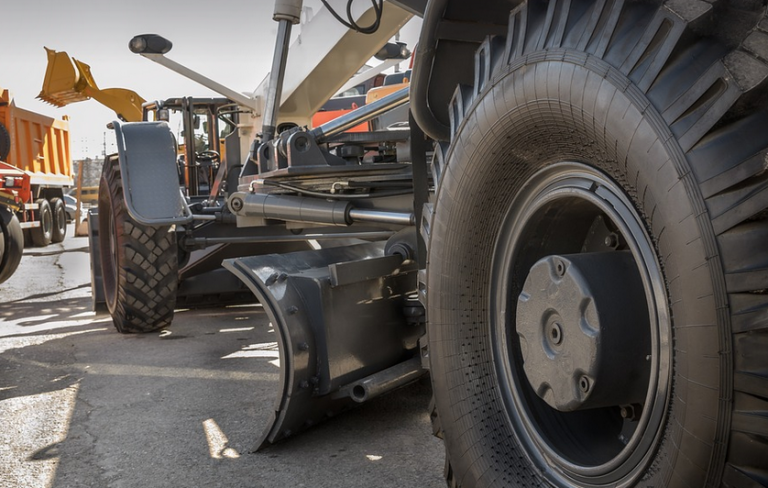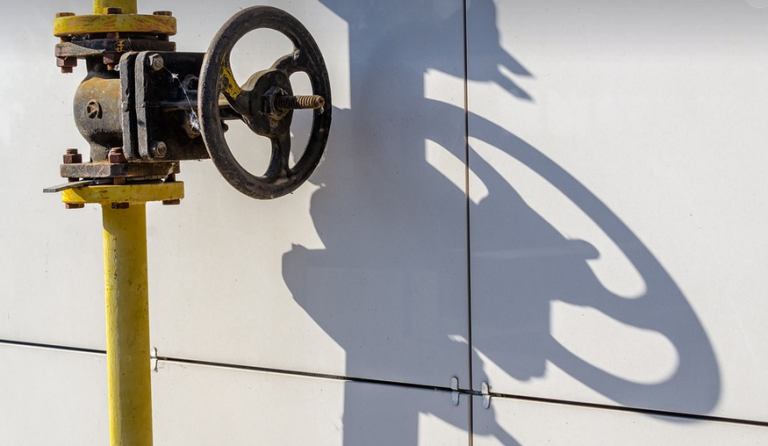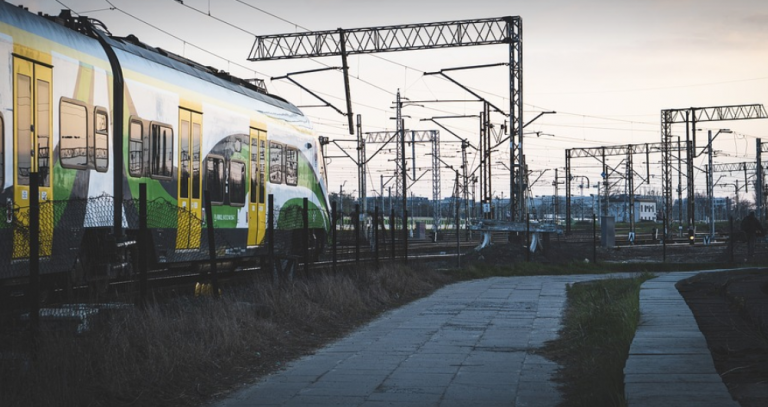R&D Recycling: Pioneering a Sustainable Tomorrow
Imagine a world where waste is simply recycled, not discarded. This might sound like science fiction but it’s closer to reality than you think. The term “recycling” has become synonymous with our everyday practices of repurposing materials we discard. But what about the cutting-edge research and development that drives this process? That’s where R&D recycling comes in—the unsung hero behind a greener, cleaner future.
R&D recycling is more than just tossing things into a bin; it’s about innovation! It’s the heart of progress, pushing boundaries to find better ways to utilize and repurpose resources. It’s the engine that fuels sustainable solutions for our planet’s ever-growing needs.
This innovative field involves meticulous research into existing recycling methods, seeking to improve their efficiency and effectiveness. Scientists and engineers dive deep into the world of materials science, exploring new techniques like 3D printing, nanotechnology, and bioremediation. They analyze waste streams to understand how material properties can be manipulated for better results.
For instance, researchers are testing out techniques for converting plastic waste into fuel through a process called pyrolysis. This innovative method breaks down plastic polymers at high temperatures, yielding valuable resources like synthetic fuels and waxes. Imagine turning trash into energy! The possibilities with R&D recycling are truly vast.
Beyond these exciting developments, R&D recycling is also playing a crucial role in rethinking the very concept of “waste” itself. Instead of viewing it as something to be tossed away, scientists and engineers are exploring ways to harness waste materials for valuable products. This includes turning discarded materials into building blocks for new construction, creating innovative uses for industrial byproducts, or even discovering untapped material potential within seemingly useless things.
Take, for example, the field of “upcycling.” Through this innovative approach, we can transform discarded materials into something beautiful and useful. Imagine turning old tires into playground equipment or using recycled clothing to create durable insulation. Upcycling is all about creativity, resourcefulness, and a sustainable mindset.
The impact of R&D recycling extends far beyond its technological applications. It’s fundamentally altering the way we see waste, prompting us to think differently about our relationship with the environment. It fosters a culture of conscious consumption, encouraging people to prioritize reuse and repurposing over discarding.
This shift in mindset is crucial for achieving a truly sustainable future. It encourages us all to become active participants in the recycling process, from choosing products that are made from recycled materials to simply composting our food scraps. By making mindful choices, we can collectively contribute to a cleaner and more sustainable world.
However, it’s not just about technology; it’s also about collaboration and partnerships. R&D recycling thrives on the collective efforts of scientists, engineers, policymakers, and communities working together to solve complex challenges. By fostering interdisciplinary collaboration, we can accelerate progress towards a truly sustainable future.
As technology continues to evolve, so will R&D recycling, leading us toward even more innovative solutions for waste management. The promise of this field is immense – it holds the key to unlocking a cleaner, healthier, and more sustainable future for generations to come.

